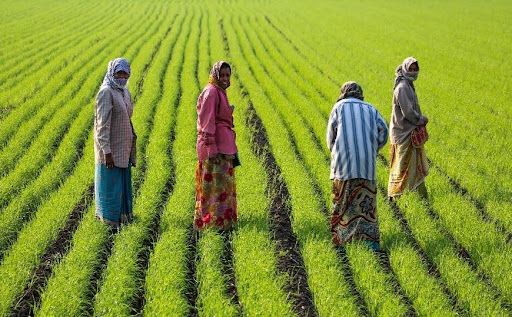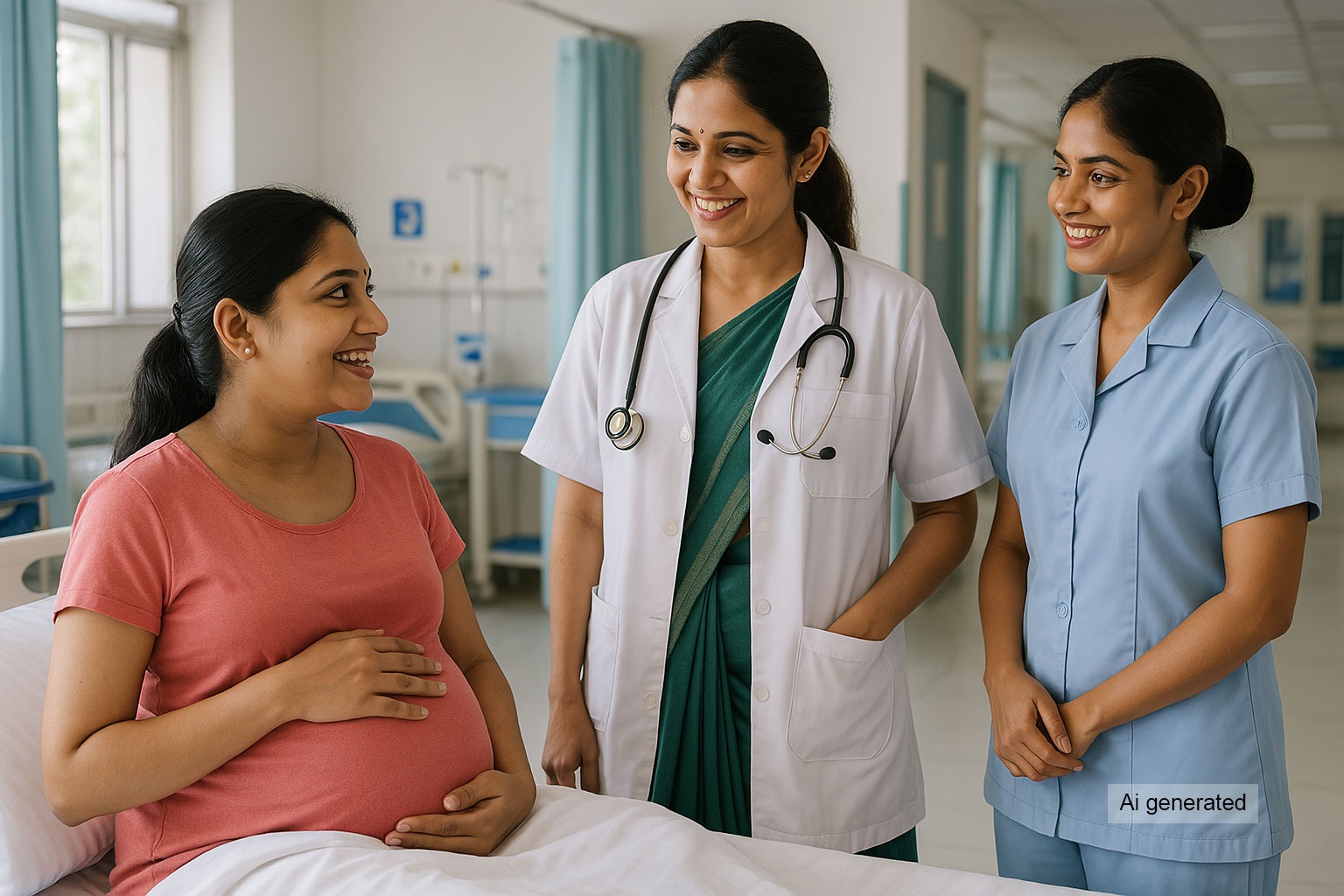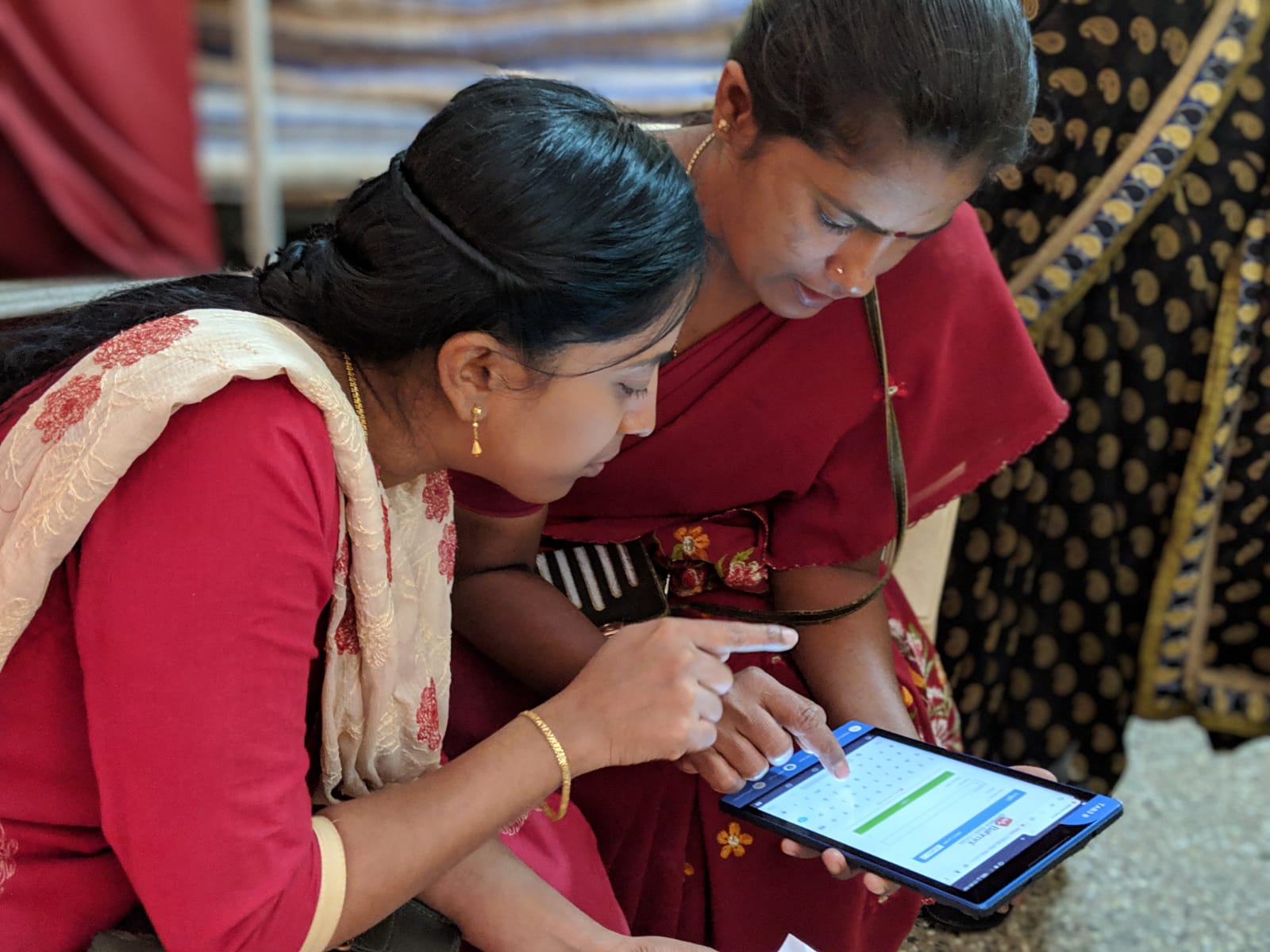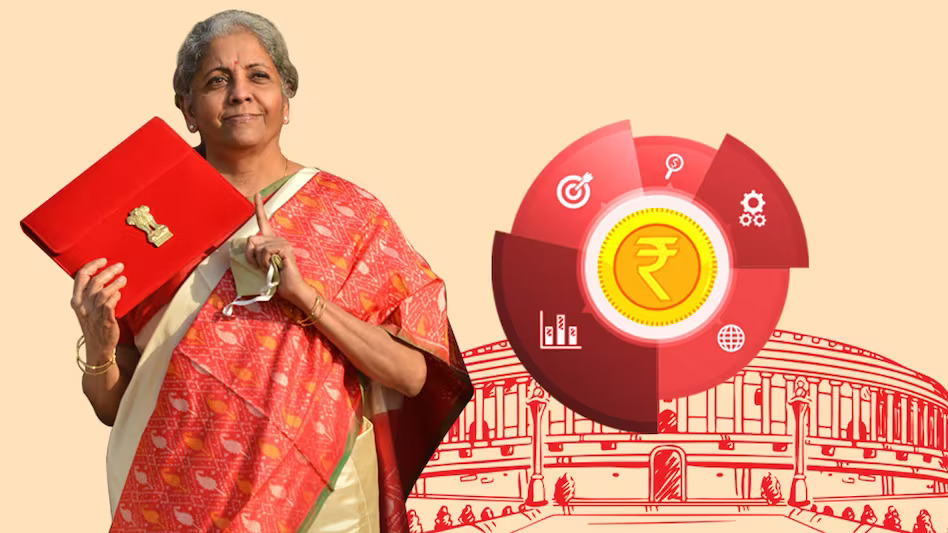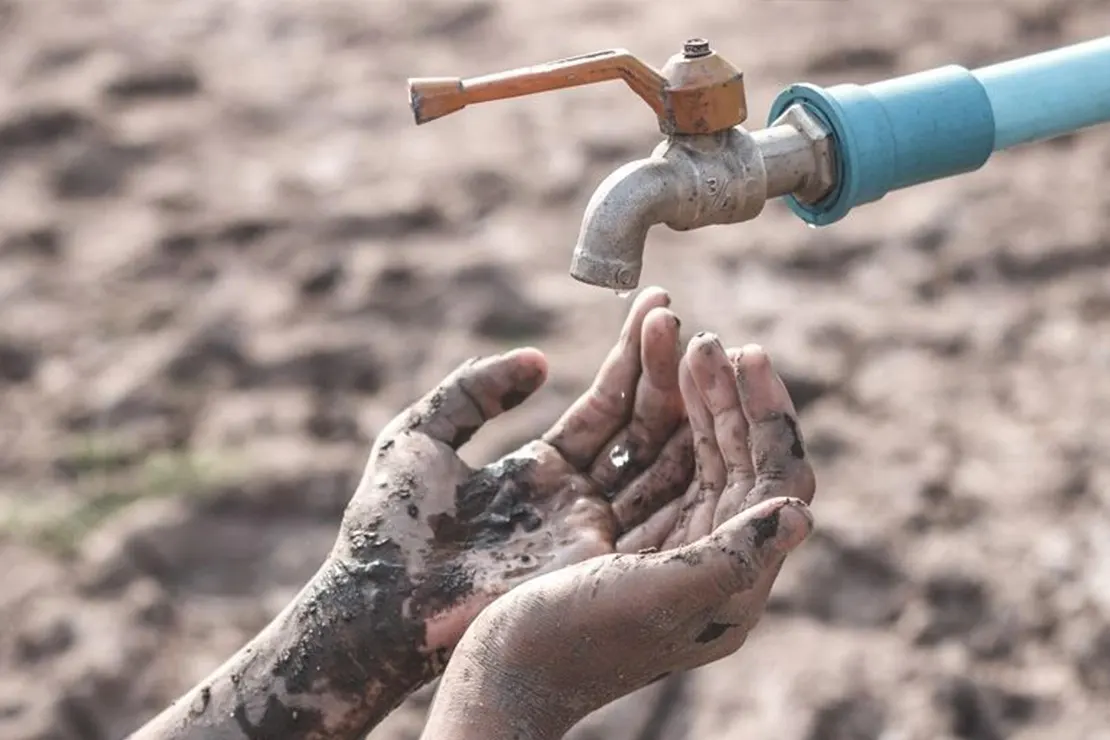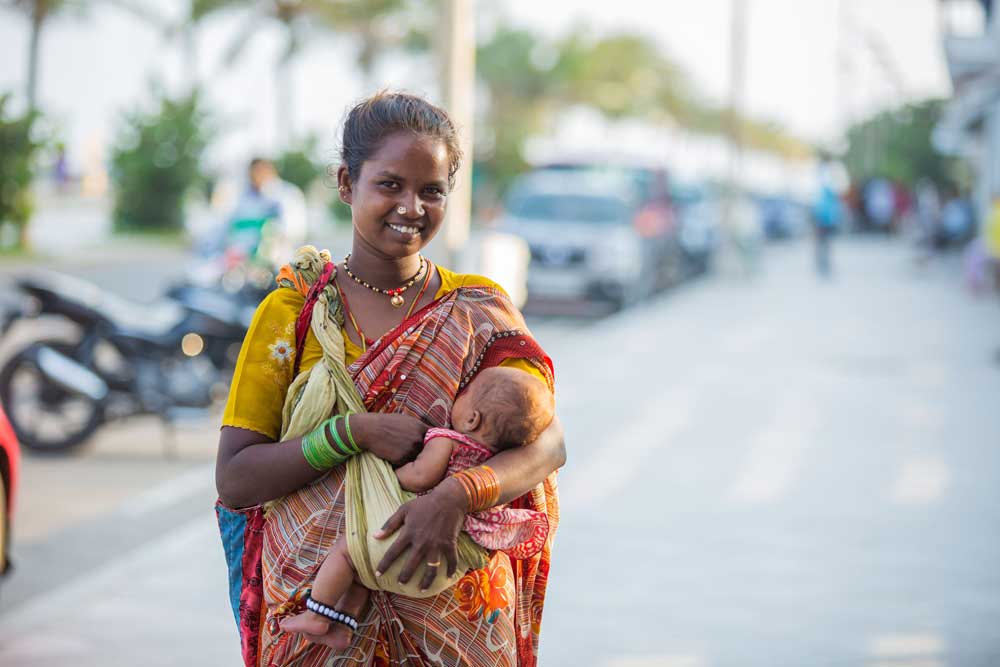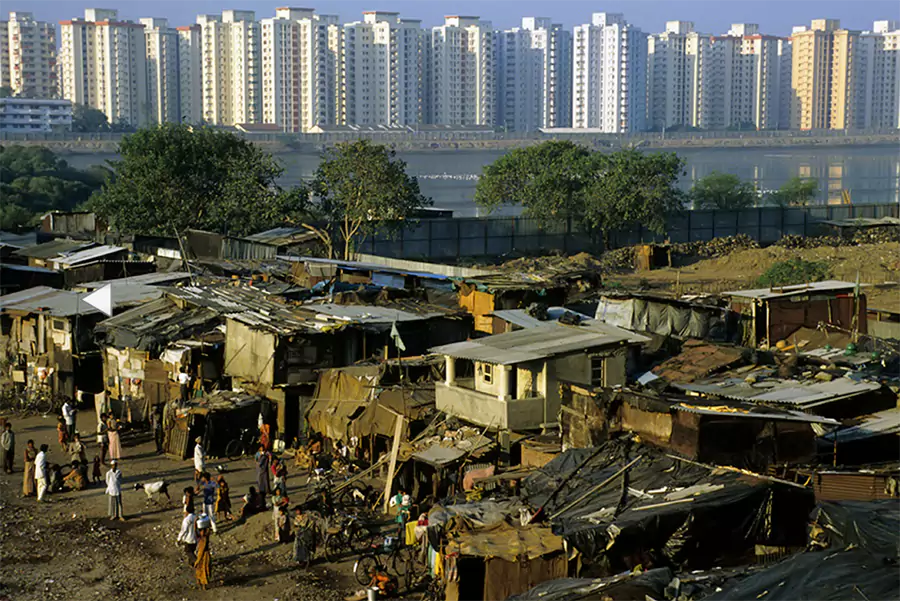- In the heart of India, women are the backbone of the agricultural sector, playing a crucial role in ensuring the country’s food security. Yet, their contributions often go unnoticed and unacknowledged, leaving them marginalized and under-resourced. They face numerous challenges, intensified by market fluctuations, climate change, and restrictive social norms. This article explores their struggles and resilience, offering data and policy recommendations to present a full picture of the challenges and potential of India’s women farmers.
In the last century, India’s agricultural sector has undergone a significant transformation driven by consumption-driven economics and the intensive agriculture production system. The major river basins in northern and western India became role models, showcasing the successful implementation of the Green Revolution. Public and private initiatives from the 1960s onwards have shaped and reinforced this agricultural pathway.
However, amid this agricultural revolution, one critical aspect has been largely overlooked: the significant contribution of women to agriculture in rural India. According to the Annual Periodic Labour Force Survey 2021-2022, 78% of India’s employed women work in agriculture, with the sector having the highest estimated female labour force participation at 62.9%. The Economic Survey 2017-18 highlights that growing rural-to-urban migration by men has intensified the feminization of the agriculture sector, increasing the involvement of number of women in various activities including planting, harvesting, and managing crops and livestock. Despite their substantial involvement, rural women are often seen as labourers on their own farms rather than recognized as farmers. Their contributions often go unrecognized and unacknowledged, leaving them marginalized and under-resourced.
Market Challenges: The Struggle for Fair Access
Seema, a farmer from a small village in Maharashtra, typifies the struggle faced by women in agriculture. Each harvest season, she relies on intermediaries to sell her produce, receiving a fraction of the market price. This dependency on middlemen is a common story among women farmers, who find themselves caught in a web of economic exploitation. According to the Federation of Agrarian Sector (FAS), women like Seema often receive significantly less than market prices for their produce.
Adding to their woes is the limited access to credit. Only about 20% of rural women in India have access to institutional credit, compared to 80% of men. This stark disparity hampers their ability to invest in better seeds, fertilizers, and equipment, trapping them in a cycle of low productivity and poverty. The lack of financial resources forces many women to operate on a subsistence level, limiting their ability to expand or improve their farming practices.
Climate Change: Battling the Unpredictable
Climate change has become an insidious adversary for women farmers. The erratic weather patterns, prolonged droughts, and severe floods disrupt agricultural cycles, often leading to devastating crop losses. Women farmers from have seen their livelihoods wiped out by floods, forcing them deeper into poverty. The FAO highlights that women farmers are less likely to own land and have smaller holdings, making them particularly vulnerable to climate impacts.
Without secure land tenure, women have little incentive to invest in climate-resilient practices. This vulnerability was starkly highlighted during the 2019-2020 monsoon season, which brought unprecedented floods to several states. For women farmers, these floods meant not just the loss of crops, but also the erosion of the fragile economic stability they had painstakingly built.
Social Norms: The Invisible Shackles
Social norms and gender roles further complicate the lives of women farmers. In many rural communities, women’s work in agriculture is undervalued and seen merely as extensions of their domestic duties. This cultural undervaluing of their labour translates into a lack of recognition and support for their contributions. An UNDP study found that social norms such as unequal distribution of childcare and household responsibilities, lack of information regarding women’s rights, social restrictions on movement, lower skill levels and limited confidence frequently limit women’s mobility, making it more difficult for them to participate in training programs, access markets, or form farmer groups.
Take the story of Geeta, a farmer from Uttar Pradesh. Despite working alongside her husband in the fields, Geeta’s contributions are considered secondary to her domestic responsibilities. This societal perception means she has little say in financial decisions or access to resources that could improve her farming efficiency. Despite accounting for 43% of the agricultural labour force in developing countries, women’s work remains largely invisible in official statistics and policies.
Seeds of Change: Current Reforms and Initiatives
Despite these challenges, there are some promising signs through various government reforms and initiatives aimed at supporting women farmers. The Central Institute for Women in Agriculture (CIWA) under the Indian Council of Agricultural Research (ICAR) conducts research on gender issues in agriculture and implements programs to address these challenges. The institute’s research findings contribute to policy formulation, ensuring that women’s perspectives are integrated into agricultural policies, which is crucial for sustainable agricultural growth. Natural Farming Mission in India utilizes women Self-Help Groups (SHGs) and federations like Krishi Sakhis and Pashu Sakhis for implementation. Women involved in SHGs have reported increased income due to reduced input costs and improved crop yields from natural farming methods.
Additionally, the Agriculture Technology Management Agency (ATMA) scheme mandates that 30% of its resources and beneficiaries be women farmers, supporting the establishment of Farm Women’s Food Security Groups (FSGs) with Rs. 10,000 per group for various agricultural activities. ATMA has helped women farmers gain better access to agricultural resources, training, and financial assistance, which further helps them improve their livelihood. Women are also given significant representation in advisory committees, and under the Central Sector Scheme of Agri. Clinics and Agri. Business Centres (AC&ABC), they receive a 44% subsidy to support their entrepreneurial endeavours. The former has facilitated better market linkages for women entrepreneurs, increasing their income and scope for economic stability. Lastly, the National Institute of Agricultural Extension Management (MANAGE) conducts extensive awareness programs on natural farming, reaching thousands of Gram Pradhans, including many women, to ensure their empowerment and enhance agricultural productivity through sustainable practices. By training women in leadership roles, MANAGE helps them take on more significant responsibilities in agricultural decision-making processes.
Private sector and civil society organizations are too playing a crucial role in supporting women farmers. One such initiative is TechnoServe’s Women Who Lead program, which empowers women farmers by providing training, resources, and market access, thereby improving agricultural practices and creating direct market linkages for better productivity and incomes. Similarly, the Livelihood Enhancement through Agriculture Project (LEAP) by PRADAN focuses on capacity building and establishing market linkages, significantly improving the livelihoods of more than 45,000 women farmers across Jharkhand, Odisha, and West Bengal (ClimateRISE Alliance, n.d).
Key Policy Actions Needed for Supporting Women Farmers
Examples mentioned above demonstrate the resilience and potential of women farmers, illustrating that with the right support, they can overcome barriers and make significant contributions to agricultural productivity and economic growth. Such support could be provided at a systems level through gender-specific policy actions. These policy measures possess the ability to facilitate significant socio-economic impacts by addressing the unique challenges faced by women farmers.
Firstly, policies should ensure that women have equal rights to land ownership, which would increase their bargaining and decision-making power within households and communities. Additionally, financial institutions must adopt gender-responsive policies to provide easier access to credit and financial services for women farmers. This includes eliminating barriers such as mandatory male co-signers and offering tailored financial products.
Furthermore, efforts should be made to bridge the digital divide by improving women’s access to digital devices and internet connectivity, which are essential for modern agricultural practices and market access. Reskilling and upskilling programs, particularly in digital and technical fields, should be prioritized to enhance women’s employability in agriculture and related sectors. Creating supportive infrastructure, such as childcare facilities and safe transportation, can alleviate the burden of domestic responsibilities, allowing women more time to engage in agricultural activities. Finally, establishing women-friendly market spaces and cooperatives can help women farmers bypass intermediaries and secure fair prices for their produce, ultimately promoting their economic empowerment and ensuring sustainable agricultural development.
Next Steps: Building a Sustainable Future
Empowering women in agriculture requires the adoption of gender-specific and sensitive practices, addressing structural inequalities, and ensuring equitable access to opportunities. A crucial next step could involve exploring effective collaboration between the government and private sector, which can play a pivotal role in this transformation. Such partnerships can foster the development of climate-resilient and market-responsive measures for women farmers. By pooling resources and expertise, these collaborations can help overcome policy barriers, streamline access to schemes, and integrate private sector innovation with government support, ultimately advancing agricultural practices for women.
A compelling example of successful collaboration is the Kalangala Oil Palm Growers Trust (KOPGT) in Uganda. In partnership with the Ugandan government, Oil Palm of Uganda Limited (OPUL), and the International Fund for Agricultural Development (IFAD), KOPGT has empowered smallholder farmers by providing them with advanced technology and essential inputs. IFAD’s initial funding laid the groundwork, while KOPGT’s role in delivering training and resources enabled the creation of a self-sustaining model driven by crop earnings.
As India moves towards sustainable development, recognizing and empowering women in agriculture is imperative. The untapped potential of these vital contributors holds the key to unlocking the transformative power of rural India. It is time to highlight their roles, address the challenges they face, and implement comprehensive initiatives that empower and reward their invaluable contributions to the country’s food production sector.
